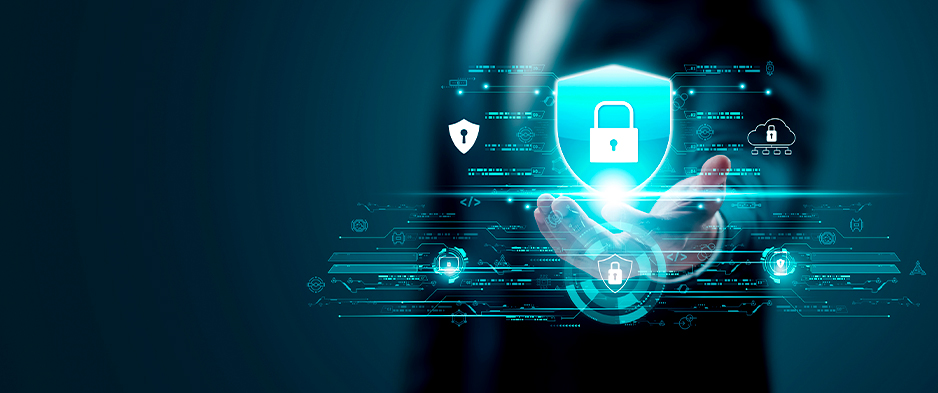Industry 5.0 strongly emphasizes collaboration between people and machines through the integration of technologies such as artificial intelligence (AI), robotics and the Internet of Things (IoT) into industrial processes. With a particular focus on sustainability and resilience, this new paradigm brings immense benefits in terms of efficiency, productivity and customization, but also exposes companies to new cyber threats. Below, we report the most common types of cyber-attacks in industry.
The most common cyber attacks in Industry 5.0
1. Ransomware
Ransomware is a very pervasive type of cyber-attack, as well as one of the most destructive. In these attacks, cyber criminals gain access to an organization’s critical systems and data, encrypt them and demand a ransom to not publish them and restore operations. In the industrial sector, a ransomware attack can disrupt and paralyse an entire production line by taking control of OT systems and causing significant financial losses.
2. Phishing
Phishing is a type of cyber-attack that uses email, SMS, social media and social engineering techniques to trick victims into sharing sensitive information or taking actions that compromise the security of the system, such as downloading and installing malware. It is a widespread cybersecurity threat, which can also take very targeted forms, such as spear phishing, where the attack is tailored to a specific individual, often a crucial member of the production team. In Industry 5.0 where the balance between people and technology is crucial, these attacks exploit human vulnerability in the increasingly digitalized industrial environment.
3. Supply Chain Attacks
Industry 5.0 relies heavily on interconnected supply chains, and the vulnerability of these networks increases the possibility of cyber-attacks. In this case, hackers target the weakest link (such as a third-party vendor) to infiltrate the network to steal sensitive data, disrupt services, or introduce malicious software to the business operations.
4. Distributed Denial of Service (DDoS) Attacks
Distributed Denial of Service attacks flood and overload an enterprise’s systems and networks with massive amounts of traffic. This allows attackers to cause significant disruptions to industrial operations and production, delay supply chain processes, and disrupt services. The interconnected nature of Industry 5.0 increases the likelihood of DDoS attacks, which can target critical infrastructure, including IoT devices, robotics, and industrial control systems (ICS).
5. IoT Attacks
The widespread integration of IoT into Industry 5.0 introduces a new set of cybersecurity challenges. Every device in the industrial network represents a potential entry point that hackers can exploit to steal data, control operations, or attack the enterprise network. IoT devices that lack advanced encryption and security protocols are more vulnerable than traditional systems.

